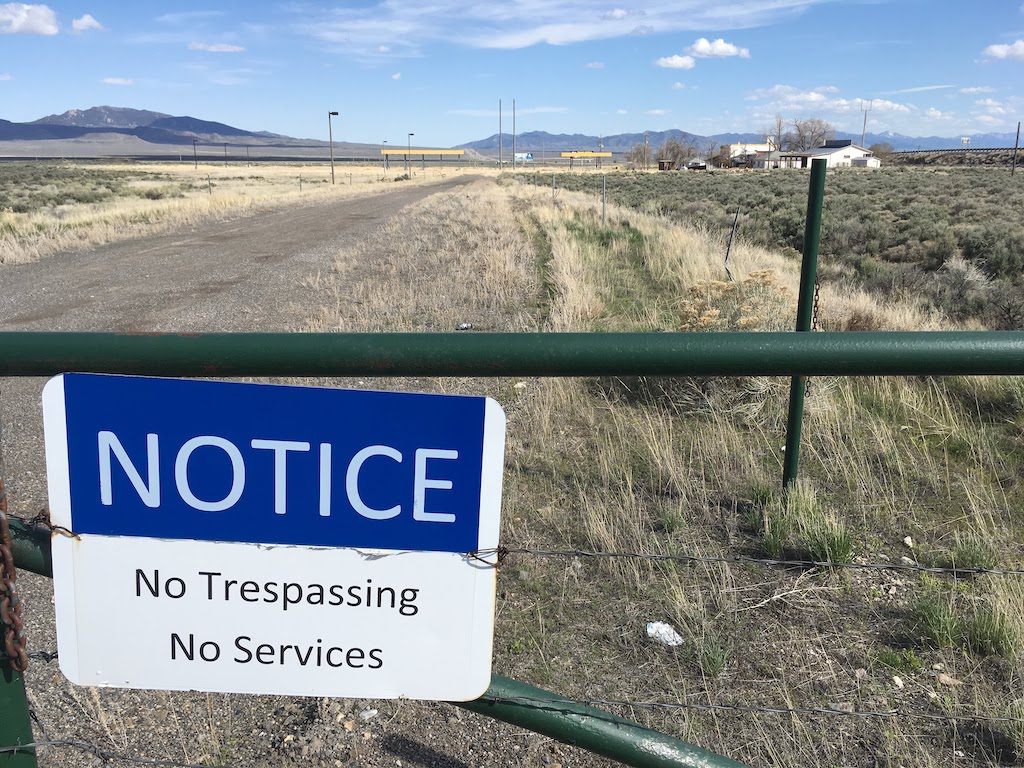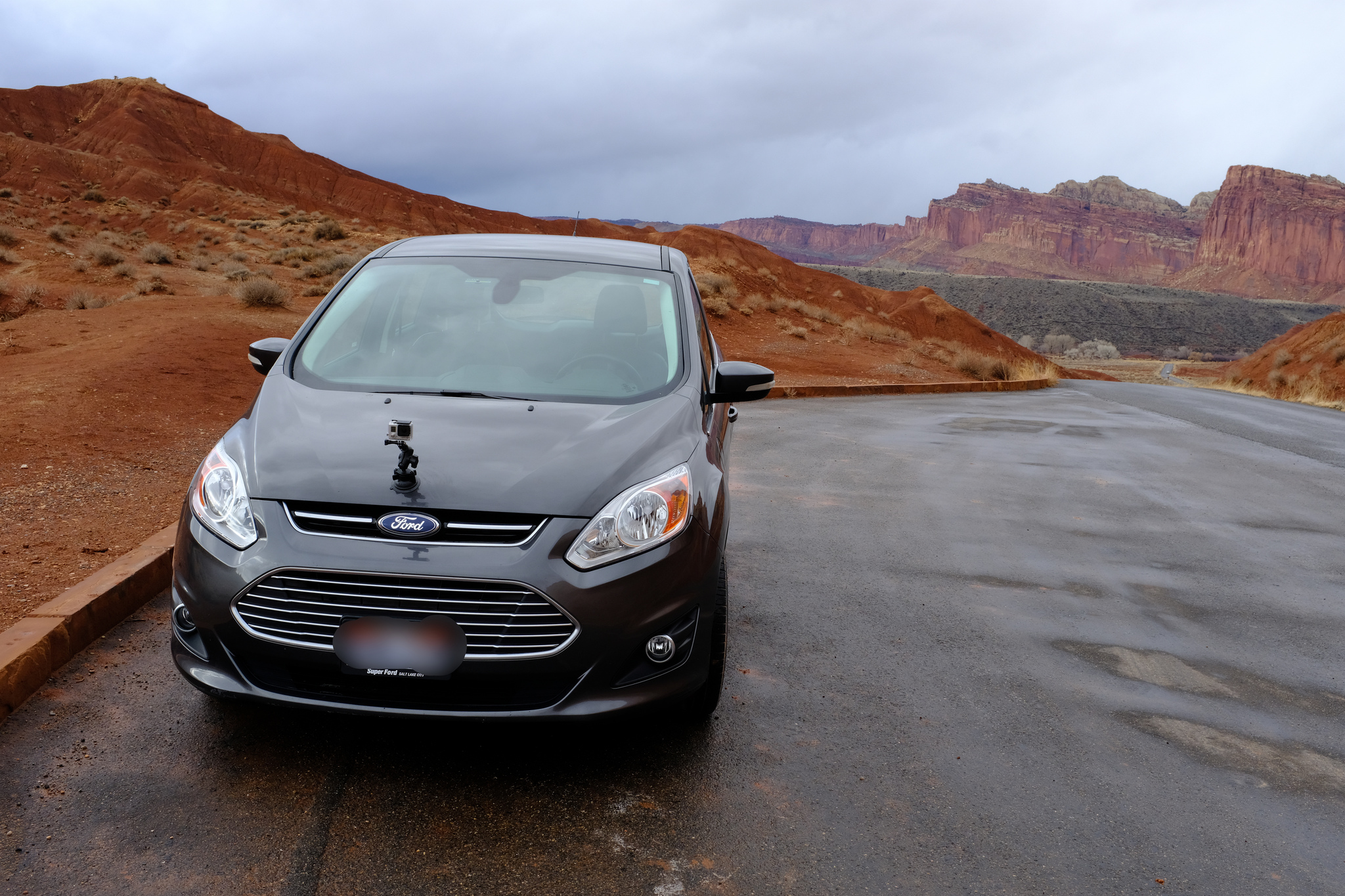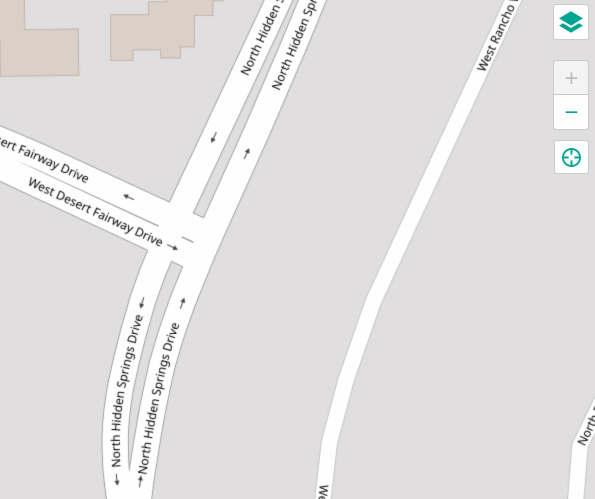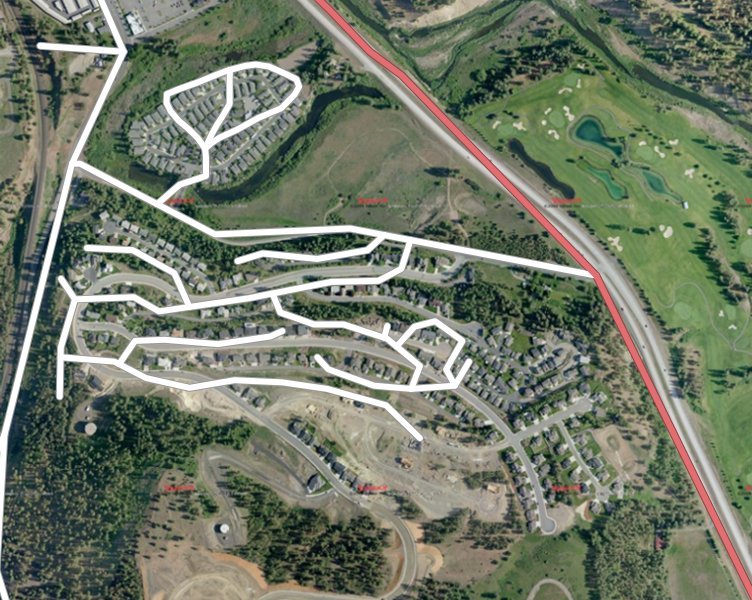There’s been countless times where I was mapping someplace far away, and I’ve wanted to ask a local mapper for advice or help.
There’s not many ways to do that effectively, or easily.
An obvious thing to do is to leave a note either on the feature I have a question about or as a map note. Then hope that someone local reads notes. Or you can find local mappers through the Neis ‘Who’s around me?’ tool, but I find that it turns up a lot of stale mappers (who are not active anymore.) Also the tool is not open source, and you can’t integrate it with other things.
I don’t find either of those options very satisfying.
So perhaps we could have an API that queries for local mappers in a radius.
That begs the question what a local mapper is, in technical, queryable terms. A simple approach would be to look at changesets that have a fairly small bounding box, are close to the point you are interested in, and not too old. Group those by mapper, and that will give you a reasonable proxy for ‘local mappers near a point’.
I whipped up a proof of concept API that does just that.
Here’s a request that fetches local mappers near the center of Münster, Germany:
http://localhost:5000/mappersnearme?lat=51.9610&lon=7.6247
This returns, after some waiting, a list of mappers as JSON:
[
[
375,
1760129,
"lowlander"
],
[
100,
8339,
"mtmail"
],
[
78,
423913,
"alan1209"
],
...
Each record has the number of local changesets, the OSM user ID and username. The list is ordered by that last number so that the most active local mappers should appear at the top.
Here are the mappers at the top of the Münster local mappers list:
Looking at these mappers’ edits, they all seem to be mappers who may be able to answer a question about a local mapping issue. A promising result!










 Image from
Image from 



